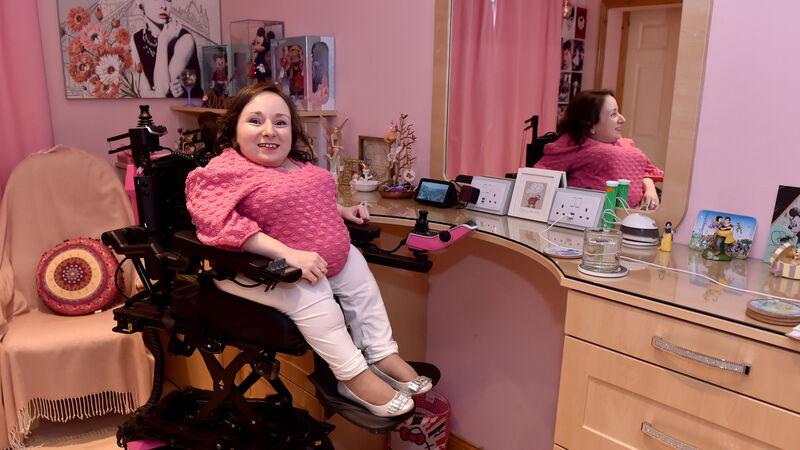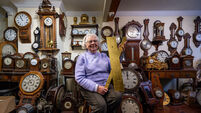'All the small things' blocking access for people with disabilities

Elena Canty at her specially designed dresser at her home in Ballyvolane, Cork. She says 'all the small things' about trying to navigate a world not designed with her in mind can be disheartening. Picture: Eddie O'Hare
In recent years, there have been major moves towards making Ireland more accessible and inclusive for more than 643,000 people here living with a disability.
The Equal Status Acts 2000 to 2004 outlawed discrimination on the basis of disability.











